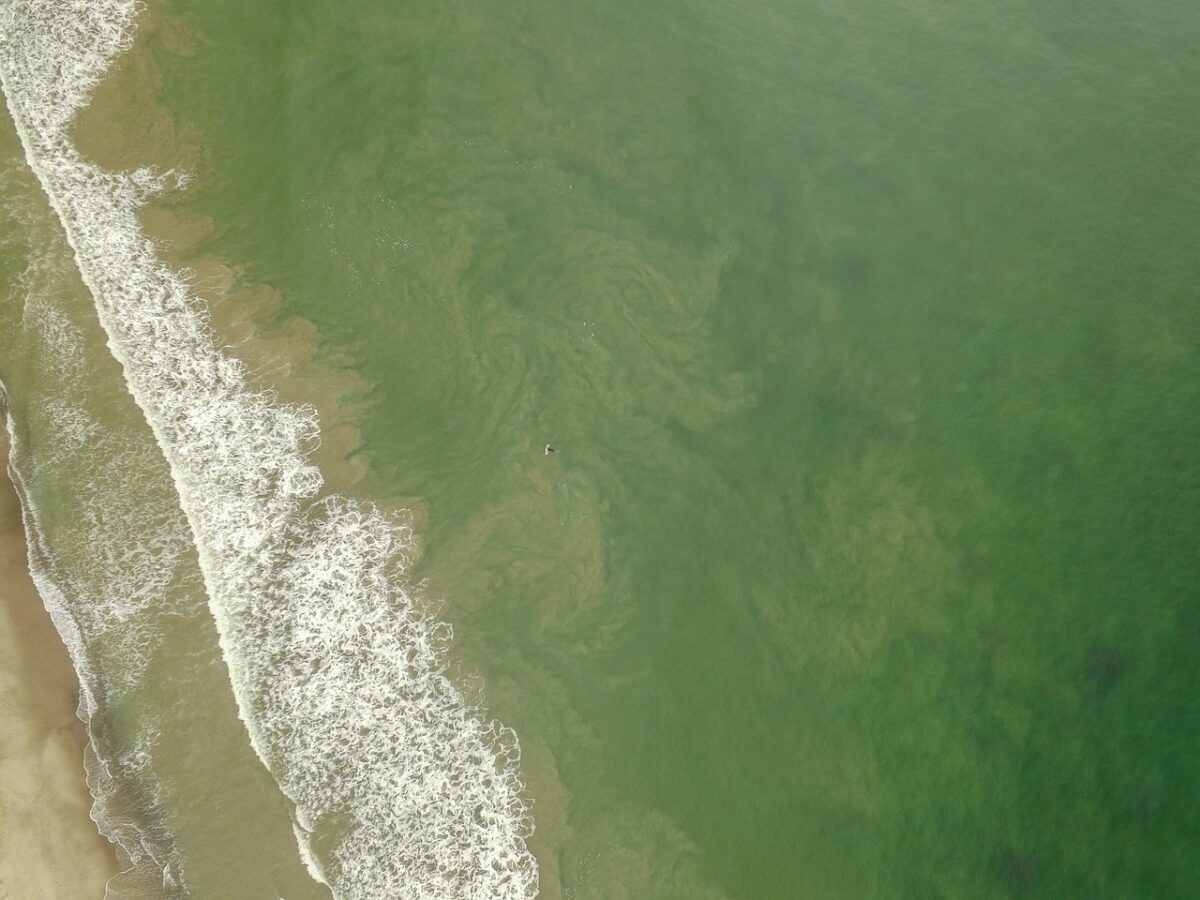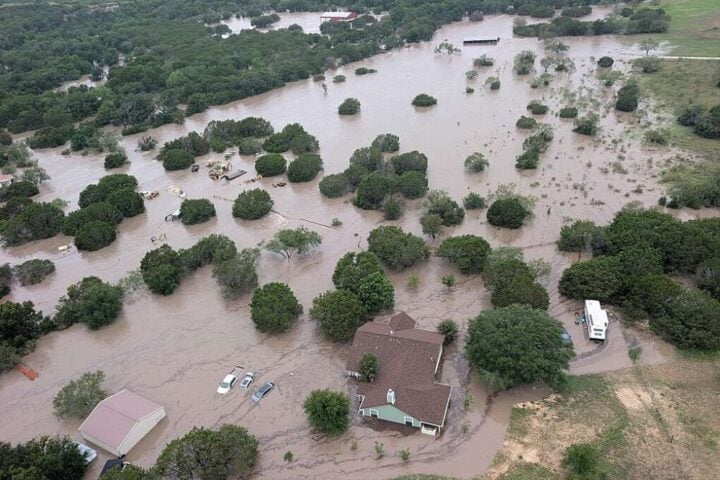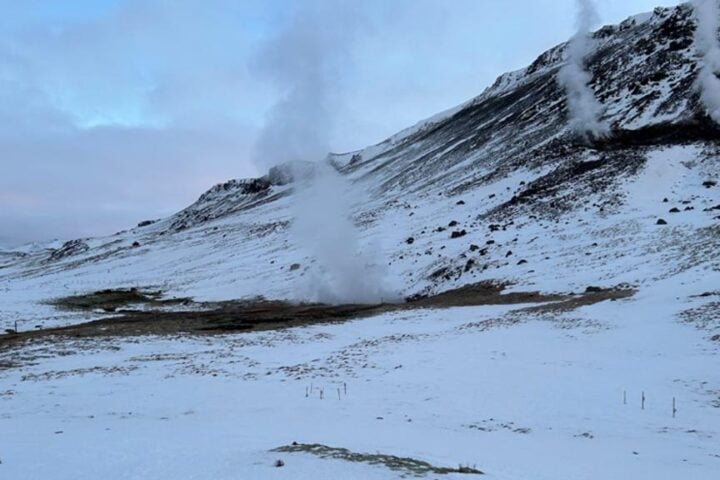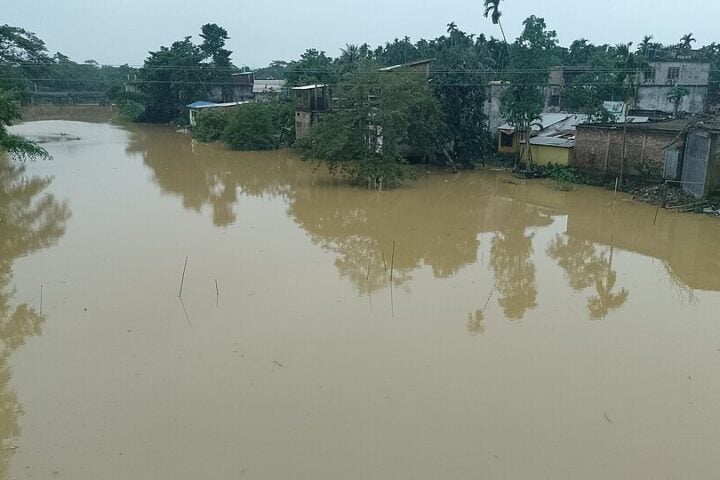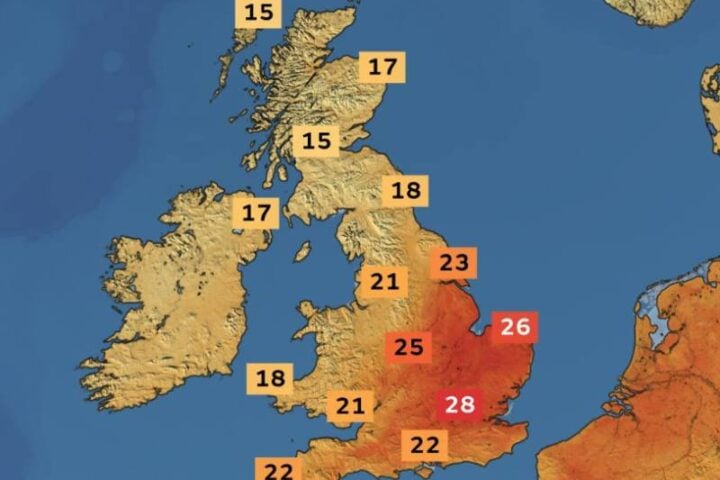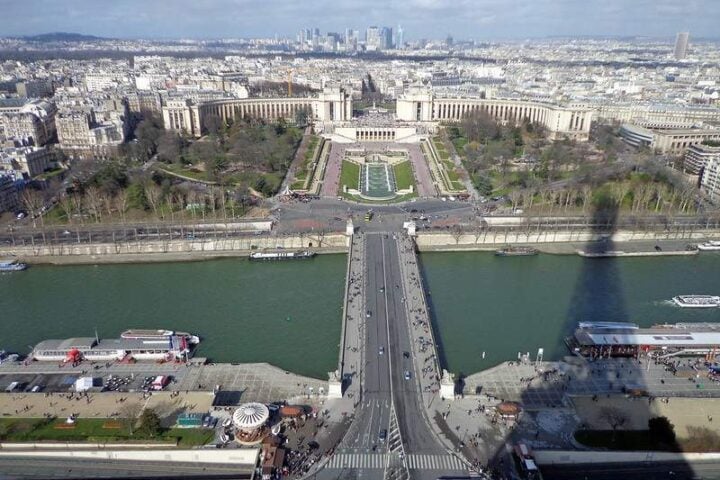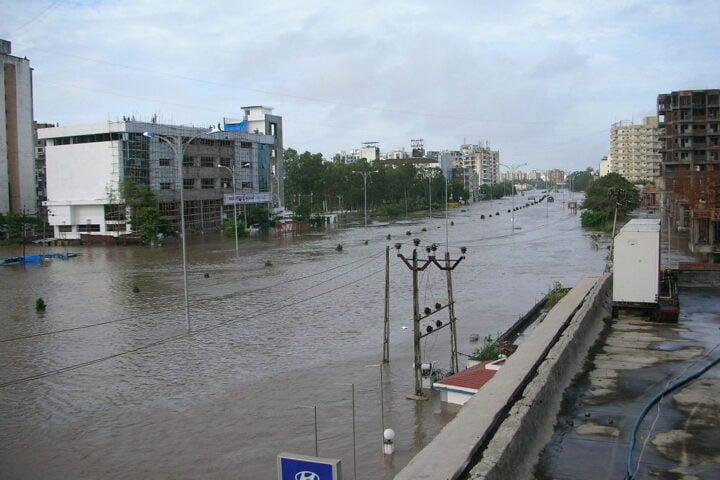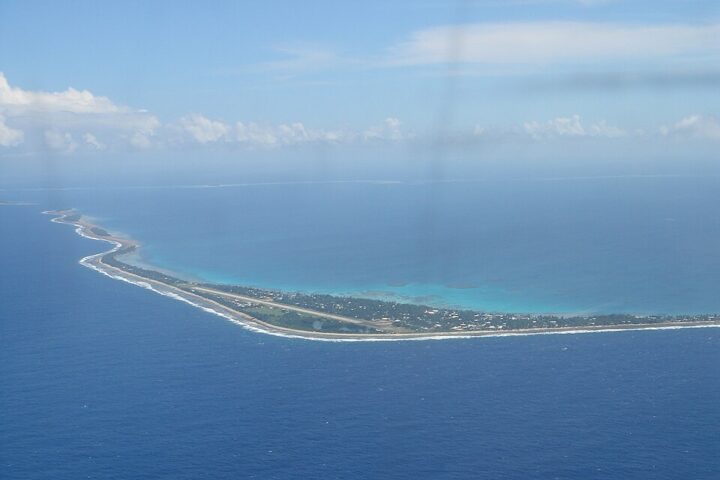In a recently published study in Nature, researchers have made an unexpected discovery. Over the past 20 years, an astounding 56% of the world’s ocean surfaces have turned greener. According to lead author and ocean climate scientist, B. B. Cael from the National Oceanography Centre, this drastic change is a significant sign that human actions are reshaping the ecosystem in unprecedented ways. “We are affecting the ecosystem in a way that we haven’t seen before,” warns Cael.
An Unexpected Revelation
Scientists had believed that spotting signs of climate change in ocean colors would require at least three to four decades of observation. However, this paradigm was shattered when trends began to emerge from just two decades of data gathered by MODIS, a sensor on NASA’s Aqua satellite. From the equator to the latitudes 40º North and South, the tropical and subtropical waters of the world have been steadily adopting a greener hue.
Behind the Color Change
While the exact reason for this shift remains a puzzle, theories are emerging. The green pigmentation in the ocean is caused by the chlorophyll in phytoplankton. One speculation is that warming ocean surfaces may be disrupting the distribution of nutrients, encouraging the growth of smaller, chlorophyll-rich phytoplankton over their larger counterparts.
Similar Post
Cael suggests that, “the colour tells us something about what’s happening in the ecosystem,” signifying a major reshuffling of marine biodiversity. If this trend persists, the potential consequences could be far-reaching. From fisheries to the ocean’s ability to sequester carbon, everything will be affected.
Climate Change vs. Natural Oscillation
Despite the clear changes in ocean color, the researchers caution against hastily attributing these transformations to climate change. Natural oscillations could also explain these color variations. Still, if the trend aligns with rising greenhouse gas levels as projected in climate change models, the evidence will become increasingly hard to dismiss.
Hyperspectral Future: The Next Step in Ocean Monitoring
NASA’s upcoming Plankton, Aerosol, Cloud, Ocean Ecosystem (PACE) satellite could help resolve some of these uncertainties. Scheduled for a 2024 launch, PACE will provide hyperspectral imaging, enabling researchers to study the ocean’s color at many more wavelengths than ever before. As Ivona Cetinić, an oceanographer at NASA’s Goddard Space Flight Center, enthusiastically shares, this mission “should allow us to understand the ecological implications of the observed trends in ocean ecosystem structure in years to come.”
The transformation of the world’s oceans opens a new chapter in our understanding of the Earth’s climate system. As science advances with new technologies like PACE, we must question, observe, and learn from these shifts, holding ourselves accountable for our roles in these planetary changes.
